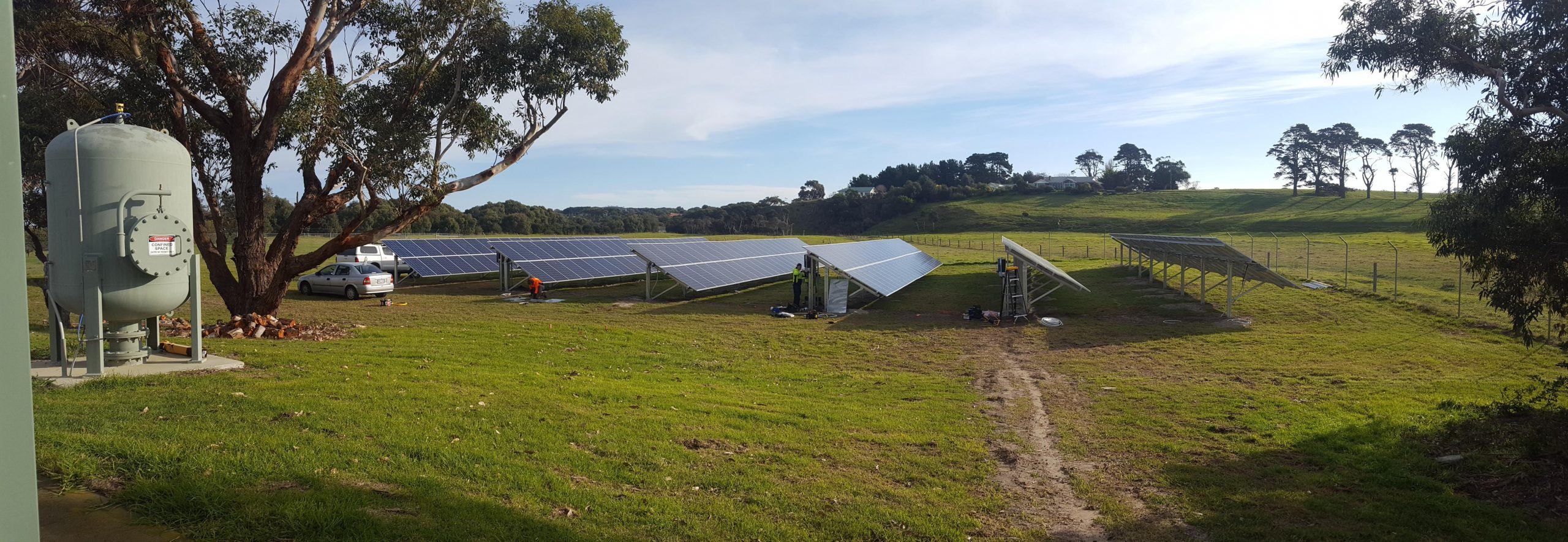Overview
South Gippsland Water (SGW) has pledged to achieve 15% reduction in greenhouse gas emissions by 2025 and a 100% reduction by 2050. SGW power usage constitutes a significant portion of its emissions, and the company wanted to assess the options for renewable energy.
Challenge
In total, SGW has 140 sites, many of which are suitable for hosting embedded renewable generation or utility-scale generation. SGW asked Middleton Group to help it assess the feasibility of multiple renewable energy options on several sites.

Solution
Middleton Group shortlisted seven sites based on on-site energy consumption and available area. Each site was assessed for the viability of the following technologies: Utility-scale wind, solar PV, biogas and hydro.
These technologies were then assessed on different scales: Multi-megawatt, no-export – cover minimum site consumption and assessed value of adjusting system processes, e.g. shifting from off-peak pumping to pumping aligned with generation.
Also considered was technical feasibility, planning constraints, GHG emissions reductions, payback period and financial returns.
Results
Middleton Group considered multiple options. Solar was the most feasible source of renewable energy, while hydro, biogas and wind were not feasible options. Further research and evaluation of the solar option found that embedded solar was the most feasible and profitable renewable energy source that could be implemented at South Gippsland Water sites. Middleton Group then presented a detailed plan to help SGW to implement embedded solar into multiple sites.

